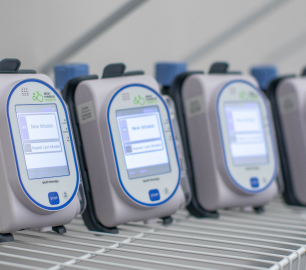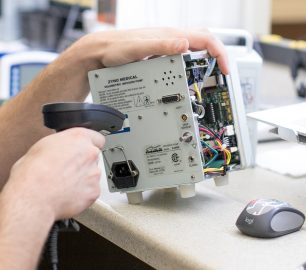WHEN TO DUMP YOUR PUMP
Infusion pump manufacturers typically include a list of practices that will keep your pump functional for as long as possible, but how should you know when it’s time to replace your pump all together?
Advice like replacing your batteries regularly and making sure to get appropriately scheduled pump maintenance can extend the life of your infusion pump, but here are some telltale signs that its life cycle may be coming to an end, and what you should do next.
1. If maintenance costs are exceeding the cost of the current device.
- Pump maintenance can get very expensive. Replacing your pump’s batteries is just one of the expenses that can begin to add up in your finances, but if your pump experiences extreme damage to its motherboard or circuit boards, these costs will begin to outweigh the value of your pump, meaning it might be worth it to replace it.
2. If there is a recall on your model of pump.
- Infusion pumps are no exception to manufacturer recalls. In the event that your pump manufacturer announces a recall, follow those instructions immediately. Do not continue to use a recalled pump; any pump defect can negatively impact the infusion therapy it is meant to provide.
3. If your pump has become obsolete.
- As new pumps roll out, they feature software and engineering updates that are not always compatible with the pumps of the past. This means that as pumps get older their software and parts become outdated, so the manufacturer is unlikely to be able to provide service to your pump. Obsolescence occurs in infusion pumps at low rates, but if getting your pump serviced becomes a struggle, it might be time to upgrade to a newer pump.
- Sometimes, newer does equal better. For example, Zyno Z-800 pumps are equipped to handle fluid run-away but are not equipped for the event that a patient removes tubing without closing the IV set roller clamp. In attempts to make infusion as safe and seamless as possible, Zyno released the Z-800F pump, which does come equipped with a modified Roberts clamp that, when used appropriately, can prevent any unintended spillage.
- Even though your pump may function properly, it’s always worth it to consider how upgrading your pump may positively affect patient outcomes.
These are just three indicators that your pump may need replaced.
Keep in mind that if your pump exhibits any irregular activity like improper medication flow, electrical short circuits or power charging failure, these are also signals for you to check the viability of your pump. Replacing an infusion pump is a choice that remains up to healthcare providers to make the best decision given their healthcare needs and financial situation.



